Emergency situations can arise unexpectedly, demanding immediate and effective responses. This guide is designed to empower you with the necessary knowledge and skills to handle such critical moments confidently. From assessing the situation to providing basic life support, each aspect of emergency care is crucial. Whether you’re a bystander or the first on the scene, understanding these principles can make a significant difference in the outcome. This post delves into various emergency scenarios, offering step-by-step guidance to ensure you’re prepared for the most common emergencies.
Contents
Recognizing Emergency Situations
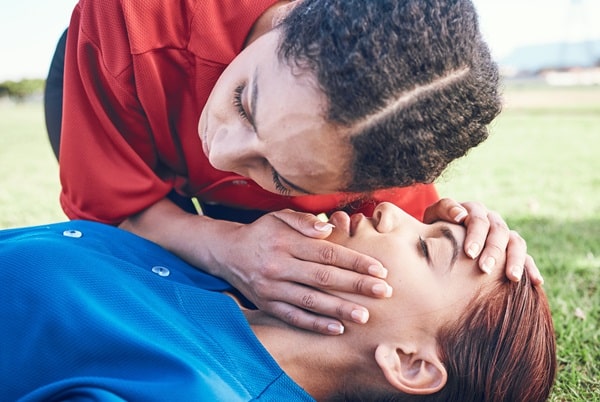
In the realm of emergency care, the ability to quickly identify a crisis is vital. Emergency situations range from medical emergencies like heart attacks and strokes to accidents and natural disasters. Each scenario presents unique challenges, but common signs like severe pain, difficulty breathing, and loss of consciousness often indicate immediate danger. Recognizing these signs promptly can be the difference between life and death. It’s essential to stay calm and assess the situation accurately, as your response sets the stage for the subsequent steps in emergency care.
The key to effective recognition lies in observation and quick thinking. Look for unusual behaviors or conditions in the victim, such as confusion, slurred speech, or severe bleeding. In cases of accidents or natural disasters, assess the environment for safety before approaching. Remember, your safety is paramount; you cannot help others if you become a victim yourself. Once you’ve identified an emergency, it’s time to act swiftly and decisively, beginning with calling for professional help if needed.
Calling For Help
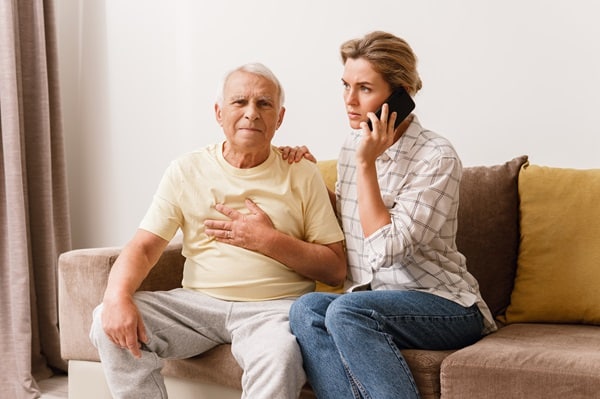
Knowing when and how to call for emergency assistance is a critical skill. In many situations, the timely arrival of professional help can significantly impact the outcome. When you call emergency services, remain calm and provide clear, concise information. You’ll need to share the nature of the emergency, the location, and any specific details like the number of people involved or any apparent injuries. This information is crucial for dispatchers to send appropriate help and advise you on immediate actions.
It’s also important to understand the role of emergency dispatchers. They are trained to gather essential information and provide guidance until help arrives. Follow their instructions carefully. If you’re unsure about the severity of the situation, it’s always better to err on the side of caution and call for help. In emergencies, time is of the essence, and quick access to professional assistance can save lives.
Basic Life Support (BLS) Techniques
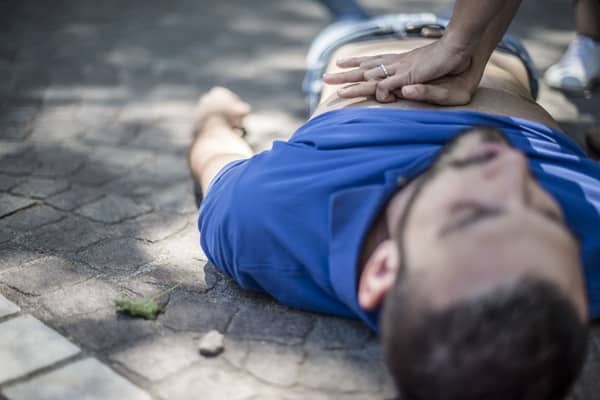
Basic Life Support, or BLS, is a critical skill set that everyone should know. It includes techniques like Cardiopulmonary Resuscitation (CPR) and using an Automated External Defibrillator (AED), which can be lifesaving in cardiac emergencies. When someone’s heart stops, providing immediate CPR can double or even triple their chances of survival. The process involves chest compressions and rescue breaths to maintain circulation and oxygenation until professional help arrives.
To perform CPR, place the heel of your hand on the center of the person’s chest, interlock your fingers, and push down firmly and quickly. For AED use, it’s crucial to follow the device’s voice instructions. The AED can analyze the heart’s rhythm and deliver a shock if necessary. Remember, while BLS techniques are straightforward, they require practice to perform effectively. It’s highly recommended to undergo formal training to be fully prepared for these situations.
Handling Bleeding And Wounds
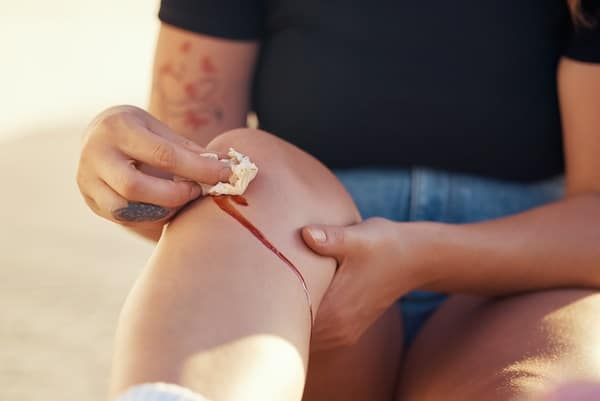
Managing bleeding and wounds is a fundamental aspect of emergency care. The first step is to assess the severity of the bleeding. Minor cuts and scrapes can often be managed with simple first aid, but severe bleeding requires immediate action. If you encounter a severe wound, apply direct pressure with a clean cloth or bandage. This helps to slow the bleeding and allows the blood to clot, which is crucial for stopping the bleeding.
In addition to controlling bleeding, it’s important to protect the wound from infection. After the bleeding is under control, clean the wound with mild soap and water, and apply a sterile dressing. If the wound is deep, gaping, or caused by an animal bite, seek medical attention as soon as possible. Remember, in cases of severe bleeding, keeping the person calm and lying down can prevent shock, a life-threatening condition that can accompany significant blood loss.
Dealing With Fractures And Sprains

When encountering fractures and sprains, distinguishing between them is crucial for providing appropriate care. Fractures, which involve a break in the bone, often present with intense pain, swelling, and an inability to move the affected area. Sprains, while also painful, typically involve damage to ligaments and don’t involve a bone break. In both cases, the primary goal is to immobilize the affected area to prevent further injury. If you suspect a fracture, avoid moving the person unless absolutely necessary, as improper movement can exacerbate the injury.
For sprains, applying a cold pack can reduce swelling and pain. Elevate the injured limb and use a bandage to provide gentle compression. In the case of fractures, if medical help is not immediately available, use splints to immobilize the area. Splints can be made from various materials like sticks or rigid items, but ensure they extend beyond the joints above and below the injury. Remember, never try to realign a fractured bone yourself, and seek professional medical help as soon as possible.
Burns And Scalds Management
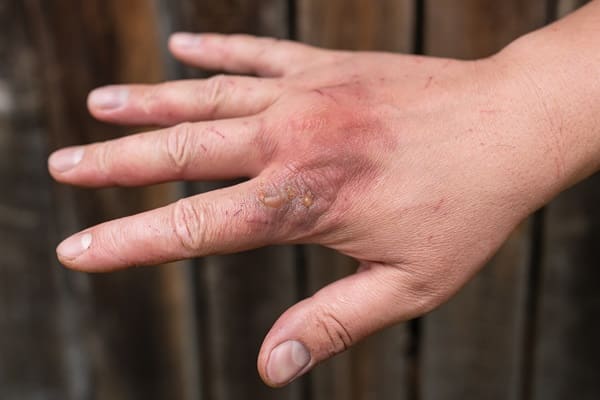
Effective management of burns and scalds is essential to minimize damage and promote healing. Burns are classified into three categories: first-degree (superficial), second-degree (partial thickness), and third-degree (full thickness). The first step in treating burns is to stop the burning process by removing the person from the source of the burn. For minor burns, cool the area with lukewarm water, which helps reduce pain and swelling. Avoid using ice, as it can cause further damage to the skin.
For more severe burns, cover the area with a clean, dry cloth or a sterile dressing to protect it from infection. Do not apply ointments, creams, or butter, as these can trap heat and worsen the injury. It’s crucial to watch for signs of shock, such as pale and clammy skin, rapid breathing, or weakness. In cases of severe burns, or if the burn covers a large area of the body, seek medical attention immediately. Remember, never attempt to remove clothing that is stuck to a burn, and don’t break blisters, as this increases the risk of infection.
Choking And Airway Obstruction

Choking is a life-threatening emergency that requires immediate action. It occurs when an object, often a piece of food, blocks the airway, preventing breathing. Signs of choking include the inability to speak, cough, or breathe, along with obvious distress. If the person is coughing forcefully, encourage them to keep coughing, as this can dislodge the object. However, if the coughing is ineffective or the person is unable to cough, you need to take immediate action.
For adults and children over one year, perform the Heimlich maneuver: stand behind the person, wrap your arms around their waist, make a fist with one hand, place it just above the navel, grasp the fist with your other hand, and give quick, upward thrusts. For infants, use a combination of back slaps and chest thrusts. Lay the infant face down on your forearm, support their head, and give five firm back slaps. Then, turn them over and perform five chest thrusts. Repeat this sequence until the object is expelled or the infant becomes unresponsive, at which point, call for emergency help and start CPR if you’re trained.
Poisoning And Toxic Substance Exposure

Poisoning and exposure to toxic substances can occur in various ways: ingestion, inhalation, skin contact, or injection. The first step in managing poisoning is to identify the substance involved. If the person has ingested a toxic substance, do not induce vomiting unless instructed by a poison control center or medical professional. If the substance is on the skin, remove contaminated clothing and rinse the skin with lukewarm water for at least 15 to 20 minutes.
In cases of inhalation, move the person to fresh air immediately, being careful not to expose yourself to the toxic substance. For injected poisons, such as from a sting or bite, try to keep the affected area still and lower than the heart if possible. In all cases of poisoning, it’s crucial to seek professional medical advice immediately. Call the local poison control center or emergency services and provide them with as much information as possible about the substance and the person’s condition. Remember, quick and appropriate action can significantly impact the outcome in poisoning cases.
The Bottom Line
This guide offers essential insights into handling various emergency situations, from recognizing emergencies to administering first aid for injuries and poisoning. However, reading about these techniques is just the beginning. To truly be prepared, consider enrolling in a certified first aid course and regularly refreshing your knowledge and skills. Being equipped with the right information and training can make a significant difference in an emergency, potentially saving lives. Remember, preparedness is key, and your actions can have a profound impact.


